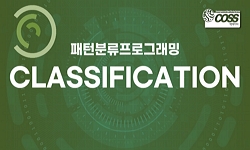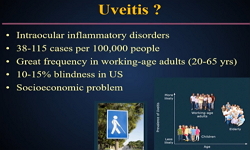<P>High‐dimensional classification problems are prevalent in a wide range of modern scientific applications. Despite a large number of candidate classification techniques available to use, practitioners often face a dilemma of choosing bet...
http://chineseinput.net/에서 pinyin(병음)방식으로 중국어를 변환할 수 있습니다.
변환된 중국어를 복사하여 사용하시면 됩니다.
- 中文 을 입력하시려면 zhongwen을 입력하시고 space를누르시면됩니다.
- 北京 을 입력하시려면 beijing을 입력하시고 space를 누르시면 됩니다.
https://www.riss.kr/link?id=A107709952
- 저자
- 발행기관
- 학술지명
- 권호사항
-
발행연도
2016
-
작성언어
-
- 주제어
-
등재정보
SCIE
-
자료형태
학술저널
-
수록면
75-88(14쪽)
- 제공처
-
0
상세조회 -
0
다운로드
부가정보
다국어 초록 (Multilingual Abstract)
<P>High‐dimensional classification problems are prevalent in a wide range of modern scientific applications. Despite a large number of candidate classification techniques available to use, practitioners often face a dilemma of choosing between linear and general nonlinear classifiers. Specifically, simple linear classifiers have good interpretability, but may have limitations in handling data with complex structures. In contrast, general nonlinear classifiers are more flexible, but may lose interpretability and have higher tendency for overfitting. In this paper, we consider data with potential latent subgroups in the classes of interest. We propose a new method, namely the composite large margin (CLM) classifier, to address the issue of classification with latent subclasses. The CLM aims to find three linear functions simultaneously: one linear function to split the data into two parts, with each part being classified by a different linear classifier. Our method has comparable prediction accuracy to a general nonlinear classifier, and it maintains the interpretability of traditional linear classifiers. We demonstrate the competitive performance of the CLM through comparisons with several existing linear and nonlinear classifiers by Monte Carlo experiments. Analysis of the Alzheimer's disease classification problem using CLM not only provides a lower classification error in discriminating cases and controls, but also identifies subclasses in controls that are more likely to develop the disease in the future.</P>





 ScienceON
ScienceON






